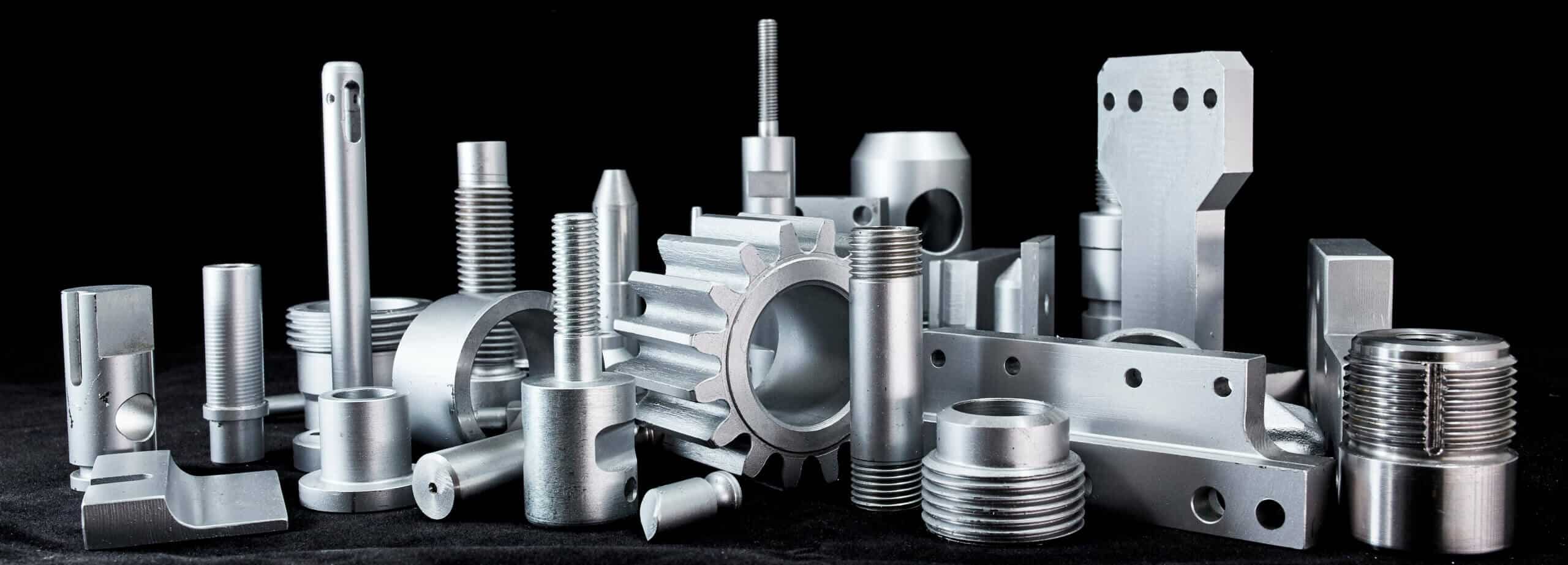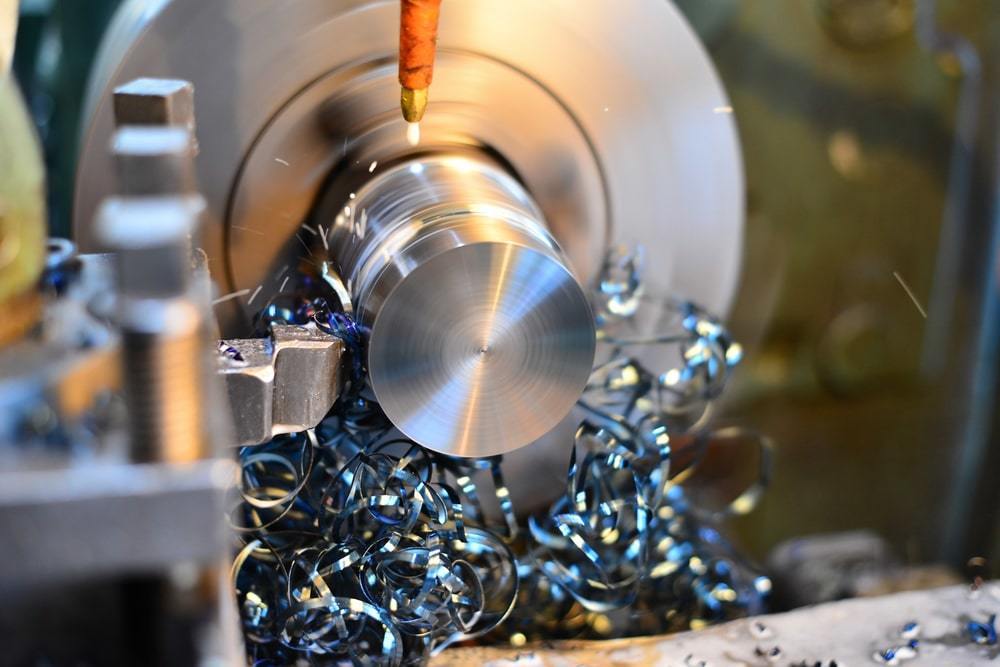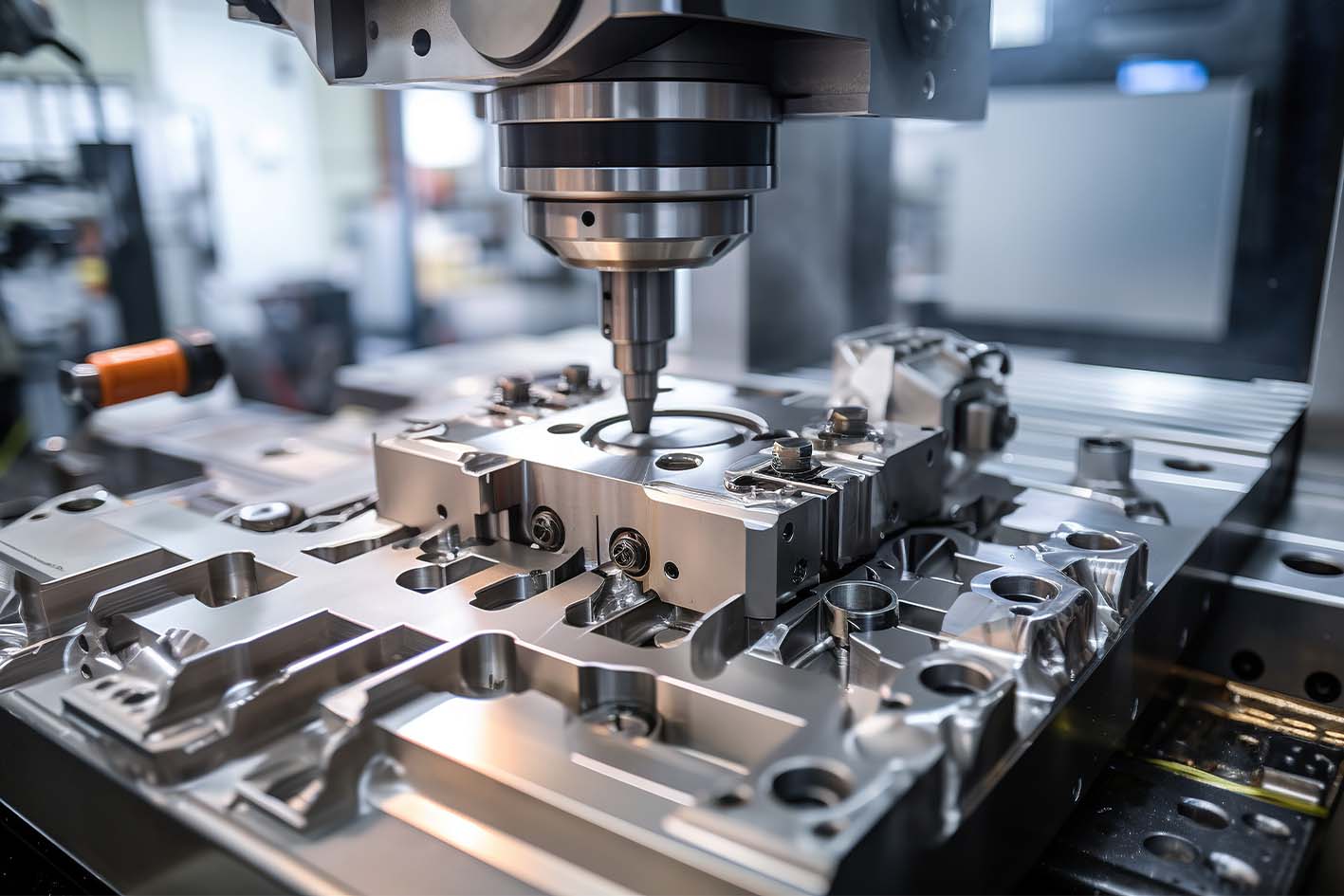Introducing the Ins And Outs of Fasteners and Machining Procedures for Ideal Performance
In the world of engineering and production, the selection of fasteners and the intricacies of machining procedures play a pivotal duty in identifying the ultimate efficiency and toughness of a product. From the seemingly uncomplicated task of picking the best sort of fastener to the complicated precision machining methods employed, every step in this procedure demands thorough attention to information. As we start this expedition into the globe of fasteners and machining, we will certainly uncover the subtle yet critical aspects that can significantly affect the performance and quality of the last item, dropping light on the commonly overlooked aspects that can make all the distinction in achieving ideal efficiency.

Relevance of Correct Bolt Choice
Selecting the ideal bolts is important in guaranteeing the structural honesty and durability of any mechanical setting up. Bolts play a fundamental duty in holding elements together firmly, with the ideal choice adding considerably to the overall efficiency and reliability of the setting up. When choosing bolts, aspects such as material compatibility, ecological conditions, load-bearing ability, and ease of installment should be carefully thought about to guarantee ideal performance.
Incorrect fastener choice can lead to a series of issues, consisting of loosening, rust, and also structural failing. Using fasteners that are not suited to the details needs of the assembly can endanger its capability and pose safety risks. As a result, developers and engineers need to meticulously assess the application requires and select fasteners that fulfill or go beyond the required requirements and specs.
Furthermore, the appropriate fastener choice procedure entails assessing the joint design, anticipated tons, vibration levels, and potential thermal growth or contraction to make sure that the picked bolts can hold up against the operating problems properly. By focusing on proper bolt option, manufacturers can enhance the high quality, toughness, and efficiency of their mechanical settings up.
Kinds and Features of Bolts
An important aspect of mechanical assemblies hinges on comprehending the varied types and distinct attributes of fasteners utilized in various commercial applications. Bolts are critical parts that hold frameworks together, guaranteeing stability and functionality. There is a wide variety of bolts offered, each developed for specific objectives based upon the application demands. Common kinds of bolts include screws, bolts, nuts, washing machines, rivets, and pins.
Screws are threaded bolts that are typically made use of to join two or even more components with each other. Bolts resemble screws but are commonly utilized with a nut to develop a safe joint. Nuts are internally threaded fasteners that mate with screws to hold elements with each other. Washers are thin plates that disperse the load of a bolt, preventing damages to the material being secured. Rivets are permanent fasteners that are hammered or pushed right into place. Pins are utilized for placement or to secure parts temporarily.
Understanding the characteristics of each sort of bolt is crucial for picking the ideal one for a specific application, making sure ideal performance and reliability of the mechanical setting up. Fasteners and Machining.
Accuracy Machining Methods for Efficiency
The intricate design needs of different fasteners demand using precision machining techniques for optimum performance in producing processes. Accuracy machining is vital in guaranteeing that fasteners fulfill the precise specifications required for their designated application. Among the key techniques made use of in accuracy machining is Computer Numerical Control (CNC) machining, which makes it possible for high levels of precision and repeatability in the production of bolts. CNC makers are qualified of executing intricate cuts and shaping procedures with very little human treatment, resulting in raised effectiveness and consistency in the production process.
Along with CNC machining, various other precision methods such try this site as grinding, milling, and turning are commonly utilized to accomplish the limited resistances required for fasteners. These strategies allow producers to develop bolts with smooth surface areas, accurate measurements, and high architectural integrity. By using precision machining strategies, suppliers can enhance the top quality of bolts, decrease product waste, and enhance general production effectiveness. Additionally, making use of innovative machining procedures helps guarantee that fasteners satisfy market criteria and consumer assumptions for efficiency and reliability.

Aspects Affecting Machining Process Efficiency
Various variables play a considerable duty in figuring out the efficiency of machining processes in the manufacturing of bolts. The initial vital variable is the selection of cutting tools. Picking published here the appropriate tools based on the product being machined, wanted finish, and cutting speeds can considerably influence the efficiency and high quality of the machining process. Furthermore, the reducing criteria such as reducing speed, feed rate, and depth of cut are vital variables that affect efficiency. Fasteners and Machining. Maximizing these criteria based on the specific requirements of the fastener being produced is essential to accomplishing exact and cost-efficient machining.
Equipment strength and stability also play an essential function in figuring out machining process performance. A secure equipment with very little vibrations can enhance precision and protect against device wear, leading to better total efficiency. The skill and experience of the equipment operator can not be ignored. A well-informed driver can make real-time modifications, troubleshoot issues successfully, and make sure that the machining process runs efficiently, inevitably influencing the final quality of the fastener.

High Quality Control Steps in Manufacturing
Variables influencing machining process efficiency, such as reducing tool selection and maker security, straight influence the implementation of Visit This Link high quality control procedures in production. Regular maintenance of machining devices is likewise essential to copyright quality control. By adhering to rigid top quality control actions, manufacturers can boost customer complete satisfaction, develop a track record for integrity, and inevitably attain optimum efficiency in their machining procedures.
Conclusion
Finally, selecting the best fasteners and utilizing precision machining techniques are necessary for optimal efficiency in producing procedures. Recognizing the kinds and features of bolts, together with aspects affecting machining process performance, can lead to improved performance and quality assurance actions. By focusing on these details, makers can accomplish higher levels of efficiency and integrity in their products.
In the realm of design and production, the choice of fasteners and the intricacies of machining procedures play a pivotal role in establishing the utmost performance and resilience of a product (Fasteners and Machining). One of the key methods used in accuracy machining is Computer Numerical Control (CNC) machining, which enables high degrees of accuracy and repeatability in the manufacturing of fasteners. The usage of advanced machining procedures assists guarantee that bolts satisfy sector requirements and customer assumptions for performance and integrity
In final thought, picking the best bolts and using accuracy machining methods are necessary for ideal efficiency in manufacturing procedures. Understanding the kinds and characteristics of bolts, along with factors affecting machining procedure performance, can lead to boosted efficiency and top quality control measures.